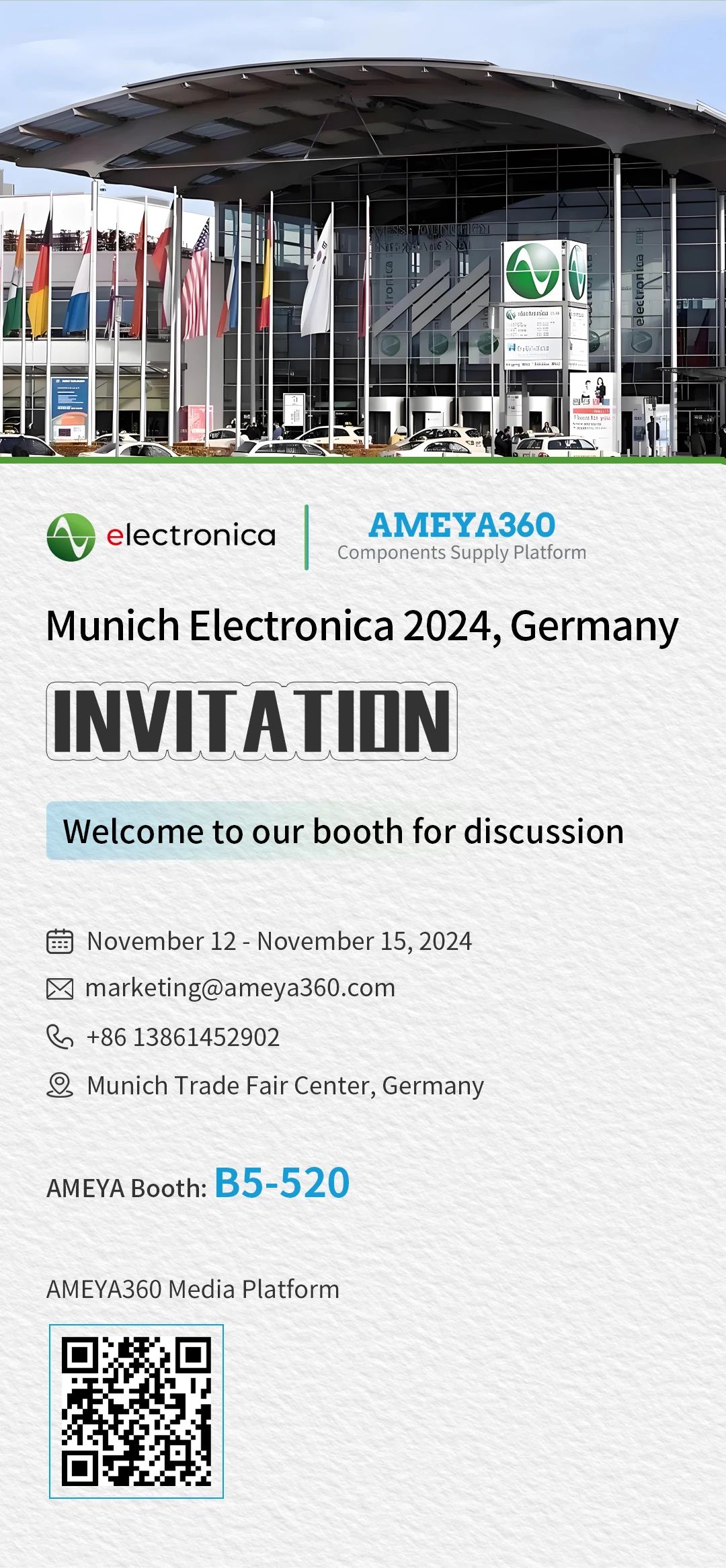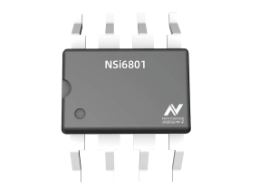AMEYA360:It’s Time for Fresh Look at Stale Date Codes
Component date codes are used, among other purposes, to indicate the “freshness” of electronic parts. Products older than two years have widely been considered to have a risk of failure. But improvements in the manufacturing, packaging, storage and warehousing of components have virtually eliminated the defect rate of aging parts.

The viability of aging components has become a significant issue in the ongoing semiconductor shortage. Master distributor Waldom Electronics Corp., which resells components exclusively to other authorized distributors, is so confident of the slow moving/excess (SM&E) parts it carries it has extended the warrantee of these products from one year to two.
Component date codes are used to indicate the "freshness" of components
Source: Autodesk Instructables
In 2022, Waldom shipped more than 162,000 lines of SM&E devices. Of that, the number of customer complaints resulting from a defective or out-of-spec product was 17, said Waldom’s Director of Quality Dan Heinen.
Component age does not adversely affect component performance to the manufacturers specification, as evidenced by several reports and conclusions drawn by Electronic Component Industry Association (ECIA). “Component warranties are not affected by the age of components at the time of sale,” the association reported.
The chip shortage has increased demand for all semiconductors but mature parts, 90 nm or above, are particularly sought by the automotive industry. Vehicle designs often span decades whereas chip designs change frequently. Research conducted by component manufacturers, distributors and other organizations has shown that aged products perform just as well as new.
However, certain industries restrict the use of older components.
Battling component ageism
Electronic components are susceptible to heat, cold and moisture; rough handling; electro-static discharge and other hazards. Aged components are more likely to have been exposed to these conditions simply because they’ve been around awhile.
“It is not uncommon in the electronics industry to specify a maximum time interval from device manufacture to shipment and receipt by the customer,” Texas Instruments wrote in an application report. “The origins of date code age restrictions are not well documented, but it is probable that limitations of the packing materials for moisture-sensitive components and post-storage solderability of SnPb or Sn finishes contributed to the concerns of customers that led to the shelf-life restrictions.”
When stored properly, rigorous industry testing methods under harsh and unfavorable conditions have shown that the solderability, packaging and storage integrity of aged products was not been compromised.
Reselling – rather than returning or scrapping – aged components is a win-win for component suppliers and distributors, Heinen explained. Scrapping components is transaction-intensive and requires materials reporting, traceability and proof of proper disposal. When such parts are resold, suppliers can recoup as much as 50 percent of the sale.
在线留言询价
- 一周热料
- 紧缺物料秒杀
| 型号 | 品牌 | 询价 |
|---|---|---|
| MC33074DR2G | onsemi | |
| CDZVT2R20B | ROHM Semiconductor | |
| TL431ACLPR | Texas Instruments | |
| BD71847AMWV-E2 | ROHM Semiconductor | |
| RB751G-40T2R | ROHM Semiconductor |
| 型号 | 品牌 | 抢购 |
|---|---|---|
| ESR03EZPJ151 | ROHM Semiconductor | |
| TPS63050YFFR | Texas Instruments | |
| BP3621 | ROHM Semiconductor | |
| IPZ40N04S5L4R8ATMA1 | Infineon Technologies | |
| STM32F429IGT6 | STMicroelectronics | |
| BU33JA2MNVX-CTL | ROHM Semiconductor |
- 周排行榜
- 月排行榜
AMEYA360公众号二维码
识别二维码,即可关注


请输入下方图片中的验证码:


























